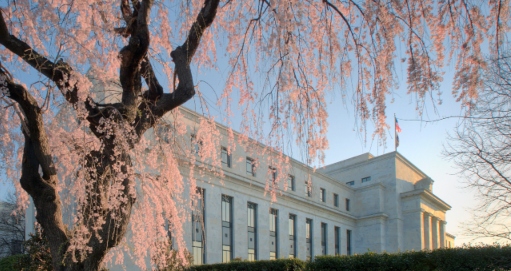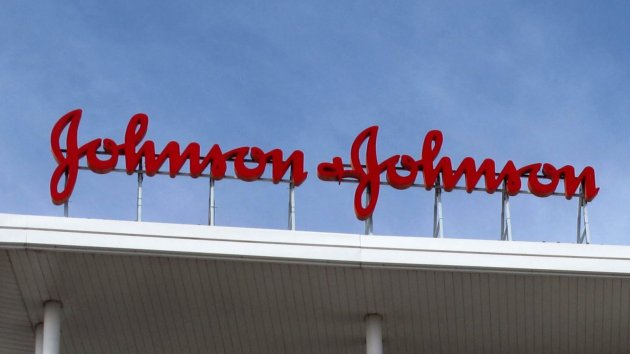by Brian Levitt, Invesco Canada
Global Market Strategist Brian Levitt provides perspective on the impact of the coronavirus and oil price wars.
1. Wasn’t the market due for a correction anyway?
Market drawdowns typically don’t just happen for no apparent reason. They are the result of economic and/or policy uncertainty. The outbreak of the coronavirus and the potential “cure” for the virus – shutting down large segments of the economy – are more than enough economic uncertainty to warrant a market drawdown.
2. What will be the ultimate hit to U.S. economic activity?
It is too soon to tell with any precision. The ultimate loss in economic activity will depend on the severity of the outbreak and the need to shut down large segments of the U.S. economy. The good news is that heading into the crisis the U.S. consumer is strong and the banking system is well-capitalized, suggesting that growth will rebound once cases peak. However, a V-bottom (a sudden quick reversal of a bearish trend) will not happen until we have more clarity on the economic hit and greater confidence in the government response.
3. Will policymakers respond with overwhelming force to support the economy and markets?
Yes, but it will have to be a three-pronged approach led by the medical community, monetary policymakers and fiscal policymakers. The U.S. Federal Reserve (Fed) can work to ease financial conditions but cannot, unlike in 2016 and 2019, overcome the potential hit to economic demand alone.
- Medical: It is essential for the medical community to drastically increase the number of people being tested so that the public can get a better handle on the situation.
- Monetary: The Fed will do everything in its power to ease financial conditions. This likely includes lowering the Funds Rate to the zero bound (the futures curve has already priced this in1) and aggressively expanding liquidity provisions to the nation’s banking system.
- Fiscal: The Trump Administration is working to get money into Americans’ pockets (proposing payroll tax cuts) while the Democrats will likely focus on a healthcare-heavy response (free coronavirus testing, enhanced or extended insurance). It may take time to bring the two sides together.
4. Why are U.S. Treasury rates so low?
Growth and inflation expectations have fallen rapidly.2 The bond market is now pricing in very modest growth and inflation across all maturity periods. The 10-year U.S. Treasury rate is now meaningfully below the long-term projected U.S. real growth rate of roughly 2%.3
5. How low can the S&P 500 Index go?
The U.S. stock market has already declined by 20%, with 70% of stocks down by nearly 20%.4 Both are in line with the end of the market drawdowns in 2011 and 2018. That is not to say that stocks can’t go lower. History reminds us that equity bottoming is typically a drawn-out process and, in this instance, may take additional time as investors look for signs that the number of coronavirus cases has peaked. Our bad-case scenario, resulting from a full-bore U.S. economic recession, would likely drive the S&P 500 Index towards the 2018 lows of 2,400. Again, that is a bad-case scenario and not our base case.
6. What should I be worried most about, economically?
Declining oil prices and widening credit and interbank lending spreads. The collapse in energy prices is pressuring the over-levered energy sector, many of which source funding in the high yield bond market as well as the U.S. banking system.
Credit spreads had widened out to nearly 650 basis points, as of the market close on March 10, 2020, as they have rapidly moved toward levels reached in 2016 and 2018.5 We expect spreads could continue to widen as the disruption in economic activity continues. Spreads would have to remain elevated for a sustained period for there to be a meaningful contraction in credit growth and economic activity.
7. Are there any reasons to be optimistic, amid all the concern?
Yes. There are many signs that the market selloff is closer to the end than to the beginning.
-
- The put/call ratio is at its highest level since December 2018.6 (Puts are the right to sell a security at a specified price to another trader. Calls are the right to buy securities from another trader at a predetermined price. The put/call ratio is the proportion of puts vs. calls purchased on a given day.)
- The VIX curve is as severely inverted as it has been since 2008.7 (The VIX is the Chicago Board Options Exchange’s Volatility Index.)
- The copper/gold ratio (the number of ounces of gold it takes to buy an ounce of copper) is as extreme as it has been since 2015 and before that 2008.8
- Stocks, per the Fed model, are as cheap to bonds as they have been at any point in this market cycle.9
- 95% of the S&P 500 companies have a dividend greater than the 10-year U.S. Treasury rate.10
- The ratio of the index level of S&P 500 cyclical stocks to the index level of the S&P 500 defensive stocks is as low as it has been at the end of each of the past economic downturns.11
- Think of China as a model of how an economy can rapidly address a pandemic. They successfully took the three-pronged approach I outlined above. While economic activity dropped precipitously, it is already improving.
8. What are the most important things to bear in mind at times like these?
We tend to believe that we live in the most uncertain of times, but we do not. We will get through this as we have gotten through each of the past crises of our time and throughout history. In the period from 1998-2018, we experienced the tech wreck, a terror attack, a global financial crisis, the European debt crisis, Brexit, and many infectious disease scares (H1N1, SARS, Ebola, and MERS) and the S&P 500 Index still climbed 7% per year.12 A $100,000 investment in the market in 1998 would today be worth over $400,000.13 Think long term and stay the course.
This post was first published at the official blog of Invesco Canada.















